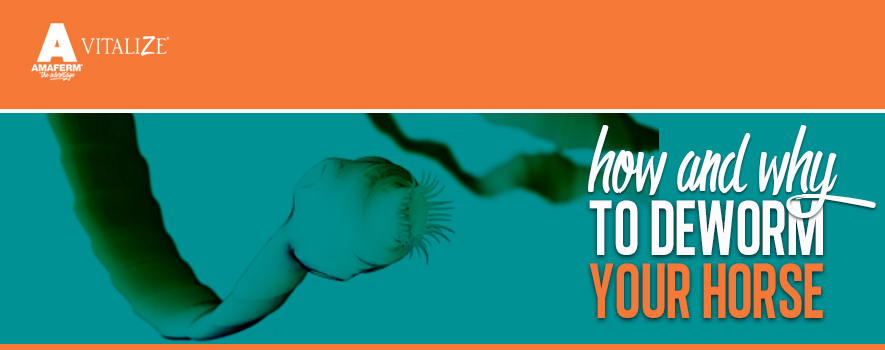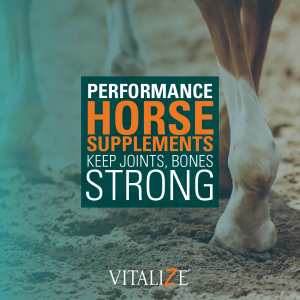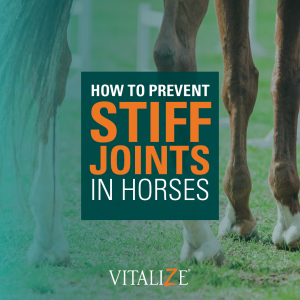 Because horses are grazers and because domesticated horses live in much more confined spaces than their wild counterparts, they are very rarely parasite free. Eggs from parasitic worms are deposited on the ground in pastures or paddocks through the feces. The eggs then hatch and larvae develop and grow in the pasture. Larvae are consumed as the horse grazes. Once the larvae are consumed, they continue to mature within the horse’s gut and can then migrate to various sites such as the liver, lungs and/or blood vessels. Although the symptoms of parasitic infestation are often mild, worms can cause weight loss and bouts of colic or diarrhea.
Because horses are grazers and because domesticated horses live in much more confined spaces than their wild counterparts, they are very rarely parasite free. Eggs from parasitic worms are deposited on the ground in pastures or paddocks through the feces. The eggs then hatch and larvae develop and grow in the pasture. Larvae are consumed as the horse grazes. Once the larvae are consumed, they continue to mature within the horse’s gut and can then migrate to various sites such as the liver, lungs and/or blood vessels. Although the symptoms of parasitic infestation are often mild, worms can cause weight loss and bouts of colic or diarrhea.
The best way to reduce parasitic infestation is through deworming. Dewormers used today are formulated to kill small strongyles, the most common type of equine parasite, which is passed from horse to horse as described above. The most commonly used deworming medications include ivermectin, moxidectin, fenbendazole, pyrantel pamoate, and oxibendazole. Some dewormers also contain praziquantel to treat tapeworm infections. These should be used once a year to eliminate tapeworms. It is also a good idea to use moxidectin or a double dose of fendenazole for five consecutive days at least once a year (usually in winter or early spring) as these are the only dewormers that can eliminate small strongyles in the larval stage.
Before you decide on a deworming regimen for your horse, consider having a fecal egg count performed. This will give you a quantitative measurement of the horse’s parasitic egg count, which will help determine the most suitable deworming approach. If the fecal egg count is less than 200 eggs per gram of manure, the horse is considered a low shedder. If the count is between 200 and 500 eggs per gram of manure, the horse is considered a moderate shedder. If the count is greater than 500 eggs per gram of manure, the horse is considered a high shedder. The recommended deworming schedule for each class is located below.
Low Shedders – Administer ivermectin or moxidectin in spring (March) and ivermectin or moxidectin with praziquantel in fall (October).
Moderate Shedders – Administer ivermectin or moxidectin or a double dose of fenbendazole for five consecutive days in spring (March), fenbendazole or pyrantel pamoate in late summer (July), and ivermectin or moxidectin with praziquantel in early winter (November).
High Shedders – Administer ivermectin or moxidectin or a double dose of fenbendazole for 5 consecutive days in spring (March), fenbendazole, oxibendazole, or pyrantel pamoate in summer (June), and ivermectin or moxidectin with praziquantel in fall (October), and fenbendazole, oxibendazole, or pyrantel pamoate in winter (December).
By creating a deworming plan for your horse you can ensure to keep your horse healthy and performing to their maximum potential.

